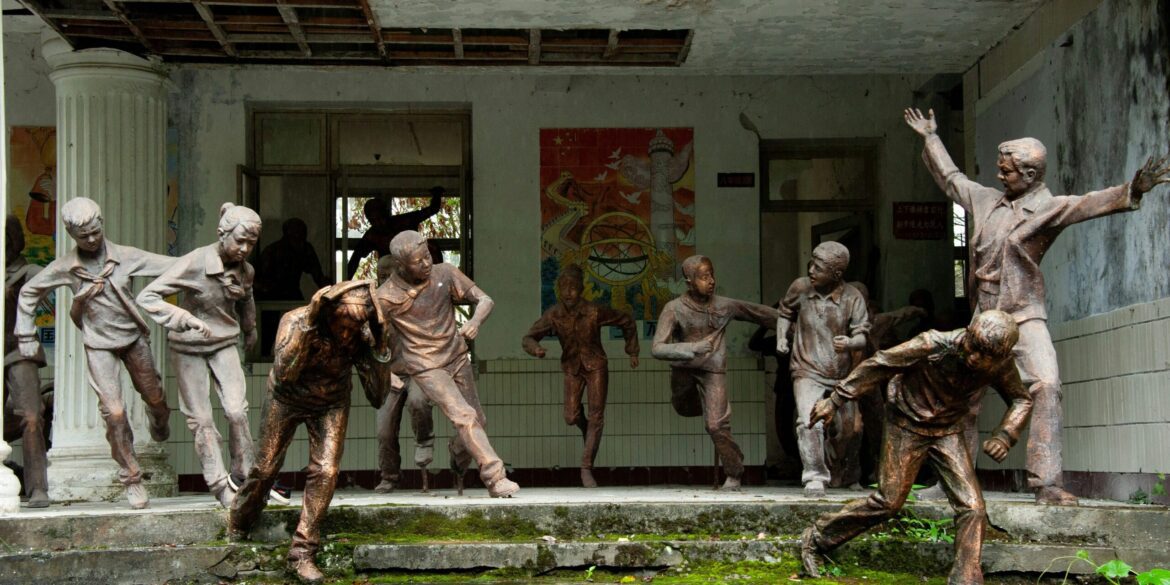The zombie genre, long dominated by blood-and-gore horror films, is about to receive a fresh, cerebral spin with the release of 28 Years Later, the highly anticipated sequel to Danny Boyle’s seminal 28 Days Later and 28 Weeks Later. Scheduled to hit theaters on June 20, 2025, the film promises to expand the post-apocalyptic narrative with a more nuanced exploration of survival, society, and the psychological toll of a world ravaged by a deadly virus.
Danny Boyle, who directed the original films, returns at the helm of this new installment, reuniting with screenwriter Alex Garland. The duo, whose work on the first two films revolutionized the zombie genre, has promised a return to their roots—a stark, gritty exploration of humanity’s struggle to rebuild in the aftermath of an outbreak.
Plot Overview: A Changed World
Set 28 years after the events of 28 Weeks Later, the new film follows a group of survivors living in a world that has finally started to rebuild itself after the initial chaos caused by the Rage virus. While large portions of the world remain uninhabitable, small pockets of civilization have begun to emerge, some even developing semblances of order and government. However, the scars of the past are still deeply embedded in society, and the threat of a new outbreak looms over every community.
The film introduces a new generation of characters, many of whom have only heard the stories of the devastation caused by the original outbreak. Among them are a group of young adults, each with their own personal trauma and struggles. The film focuses on their journey to navigate this post-apocalyptic world while dealing with the psychological toll of surviving in such a violent and uncertain environment.
Unlike its predecessors, 28 Years Later is less about blood-soaked action and more about exploring the mental and emotional consequences of living in a world forever scarred by violence. Boyle and Garland have crafted a narrative that leans heavily on character development and philosophical questions about survival and human nature.
The Return of Classic Themes
At its core, 28 Years Later continues the themes introduced in the first two films—namely, the fragility of human civilization and the moral ambiguities that arise in the wake of disaster. Boyle, in interviews leading up to the release, emphasized that the zombie virus is not just a vehicle for gore and horror—it’s a metaphor for the collapse of societal norms. “What happens when the world falls apart?” Boyle asked during a press briefing. “How do we maintain our humanity when everything around us is crumbling? That’s the real horror.”
In this installment, the infected (who are still portrayed as rabid, violent creatures) are only part of the equation. The true danger, as the film suggests, lies within the survivors. Trust, power struggles, and the need for control are all explored as the new generation of survivors must decide whether they will recreate the mistakes of the past or find a way to move forward.
A More Psychological Horror
One of the most notable shifts in 28 Years Later is its focus on psychological horror rather than traditional gore. While the film still includes intense action scenes involving the infected, the filmmakers have emphasized that the story will delve deeper into the psychological toll of living in a post-apocalyptic world.
The survivors grapple with the trauma of witnessing and living through the original outbreak, as well as the fear of a new virus that could potentially wipe out what little remains of humanity. Themes of PTSD, survivor’s guilt, and the breakdown of moral codes come to the forefront. How do these survivors reconcile their past with their future? Can they truly rebuild a sense of community and hope, or are they doomed to repeat the mistakes of history?
The film’s slower, more thoughtful pacing allows for a richer exploration of these psychological elements. Viewers can expect long, tense scenes of quiet reflection interspersed with moments of extreme action—moments where survival and personal ethics collide.
A New Generation of Stars
28 Years Later also introduces a fresh cast of talent, including rising stars like Sophie Turner, John Boyega, and Caleb Landry Jones. Turner, known for her role in Game of Thrones, takes on a pivotal role as a young survivor who has grown up in the aftermath of the Rage virus outbreak. Boyega, fresh off his work in Star Wars, plays a disillusioned ex-soldier turned leader of a new survivor faction.
While the new cast is impressive, 28 Years Later also features cameos from the original film’s stars, Cillian Murphy and Naomie Harris, who return as their characters Jim and Selena. Their return is a nostalgic nod to long-time fans of the series, though their roles in this film are more symbolic than central to the plot.
The Visuals and Cinematography
As expected from a Danny Boyle film, 28 Years Later features stunning cinematography that enhances the emotional and psychological aspects of the narrative. The film uses wide, desolate landscapes to emphasize the scale of the disaster, juxtaposed with intimate, claustrophobic shots that highlight the tension within the characters’ psyches. Boyle’s signature use of color and lighting—sharp contrasts between light and dark—adds to the film’s unsettling atmosphere.
Conclusion: A New Chapter in the Zombie Genre
28 Years Later is not just another zombie movie; it’s a philosophical exploration of survival, humanity, and the psychological cost of living in a world defined by disaster. With a fresh cast, a thoughtful narrative, and stunning visuals, the film promises to be a groundbreaking addition to the zombie genre. Fans of the previous films will appreciate the return to the dark, gritty world of the Rage virus, while newcomers will be drawn in by the film’s emotional depth and cerebral approach to horror.

